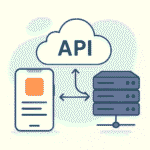
The emergence of Web3 technologies has dramatically transformed the landscape of web development. This is the most fundamental change in the construction of web applications and the manner in which we “talk” with them since the age of social media. As we move into 2025, what was predicted about mass adoption of decentralized technologies is starting to materialize, significantly changing how developers are thinking about application architecture, data ownership, and user interactions.
One can comprehend Web3 by a specific process of evolutionary phases. Web 1.0 (1990s-2000s): represented a time of static, read-only pages with little interactivity, whereas Web 2.0 (2000s-2010s) offered dynamic, social experiences where user-generated content was added but further centralizing control in the hands of the major platforms. Now, Web3 (2020s-present) aims to establish a decentralized infrastructure from which the power is redistributed from corporations to the users.
Web3 relies on technology that underlines a different form from the earlier ones, building trustless environments potentially making the intermediaries optional but never more than essential. Unlike Web2, which corporate organizations dominate and rely on centralized servers, Web3 has decentralized ownership and control. This, in turn, has meant the giving of unprecedented freedoms back to users over their data, identity, and online interactions.
Some features distinguishing Web3 include:

The backbone of Web3 is actually blockchain technology, hosting all the decentralized infrastructure necessary for trustless interaction. Blockchain provides immutable distributed ledgers that allow developers to create applications that function independently of central authorities while remaining secure and transparent.
Within Web3, blockchain developments have changed a lot; improvements made to solve early limitations now constitute:
JavaScript plays that important role in this ecosystem based on block chain and traditional web interfaces allowing huge numbers of people who connect to these networks. External Java libraries such as web3.js and ethers.js now dominate as important tools for seamless interaction with smart contracts and block chain networks. As one research paper mentions,
"JavaScript continues to play a critical role by enabling seamless interaction with blockchain networks and smart contracts".
Decentralized applications do not merely take an alternative view in software architecture but rather recreate it. Instead of dependently functioning on secured centralized servers and infrastructure of clients, decentralized applications function across distributed networks with typically using blockchain as the base infrastructure.
Generally, this structure of d-Apps includes:
An architecture having these features would make applications resistant to censorship, resiliency against outages, and transparency in their operations. As described in recent research, d-apps, are usually hosted on a decentralized network-an infrastructure that allows for greater transparency, security, and resilience, as there’s no single point of failure, rather than traditional applications that run on centralized servers: d-Apps and better decentralized applications.
Thus, as previously predicted in earlier research, 2025 saw d-Apps
"Moving beyond niche use cases and seeing significant mainstream adoption".
The leading adopters include:
According to industry Nostradamus’s,
"80% of enterprises are going to adopt Web3 technologies by 2025",
signifying the accelerating consummation into the decentralized models.
Web3 would radically change the paradigm, and hence a significant readjustment would be required for the web developers. Traditional web development skills continue to be relevant but would have to be adapted to the additional requirements of blockchain know-how and decentralized design principles.
New Competencies for Developer:
The following are the skills to be attained today by Web3 developers:
Moreover, this transition has shifted development focus
"Away from the conventional server-client architecture to peer-to-peer interactions, opening the door to innovative applications".
This change in architecture, among others, requires new ways in designing application flows, user authentication, and data management.
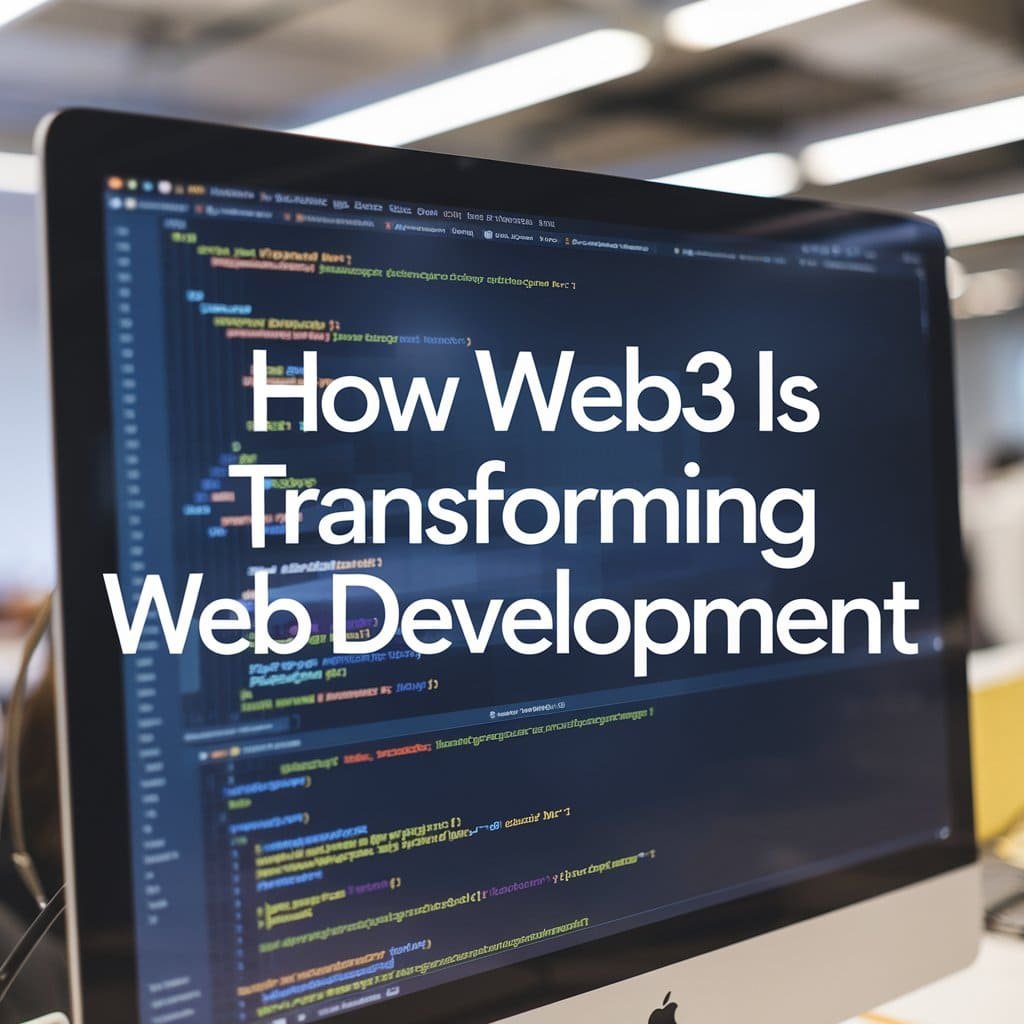
Realizing the bright prospects mentioned earlier, yet Web3 development faces major challenges in which various researchers and developers still work on:
Technical Limitations
User Experience Issues
Among other major obstacles to wider adoption is user experience. As evidenced in research,
"Of course, Web3 applications are still not mature, and many d-Apps don't have user interfaces comparable to centralized applications".
Managing a private key, understanding blockchain, and maneuvering in foreign interfaces create hurdles that developers need to surmount by enhancing the UX design against friction to adoption.
Regulatory Indeterminacy
As Web3 technologies continue developing, so also ambiguity arises for development teams. It is 2025, and some jurisdictions bring much more
"Clear regulatory frameworks for blockchain and cryptocurrency”;
however, inconsistency remains worldwide in dealing with decentralization in other states, which poses a challenge to teams developing applications to operate in multiple territories.
Web3 does not completely replace Web2 technologies but progresses with them into creating hybrid models that maximize profits from both styles. The integration will take different forms:
These hybrid approaches permit an incremental adoption and migration path for existing web applications wishing to introduce Web3 capabilities.
Beyond the year 2025 are emerging trends that indicate the continuing development of Web3:
The third Web, it is predicted, will garner about significant market value, with forecasts such as,
"Web3 market is expected to reach $1.5 billion by 2025",
furthering investment in infrastructure and tooling.
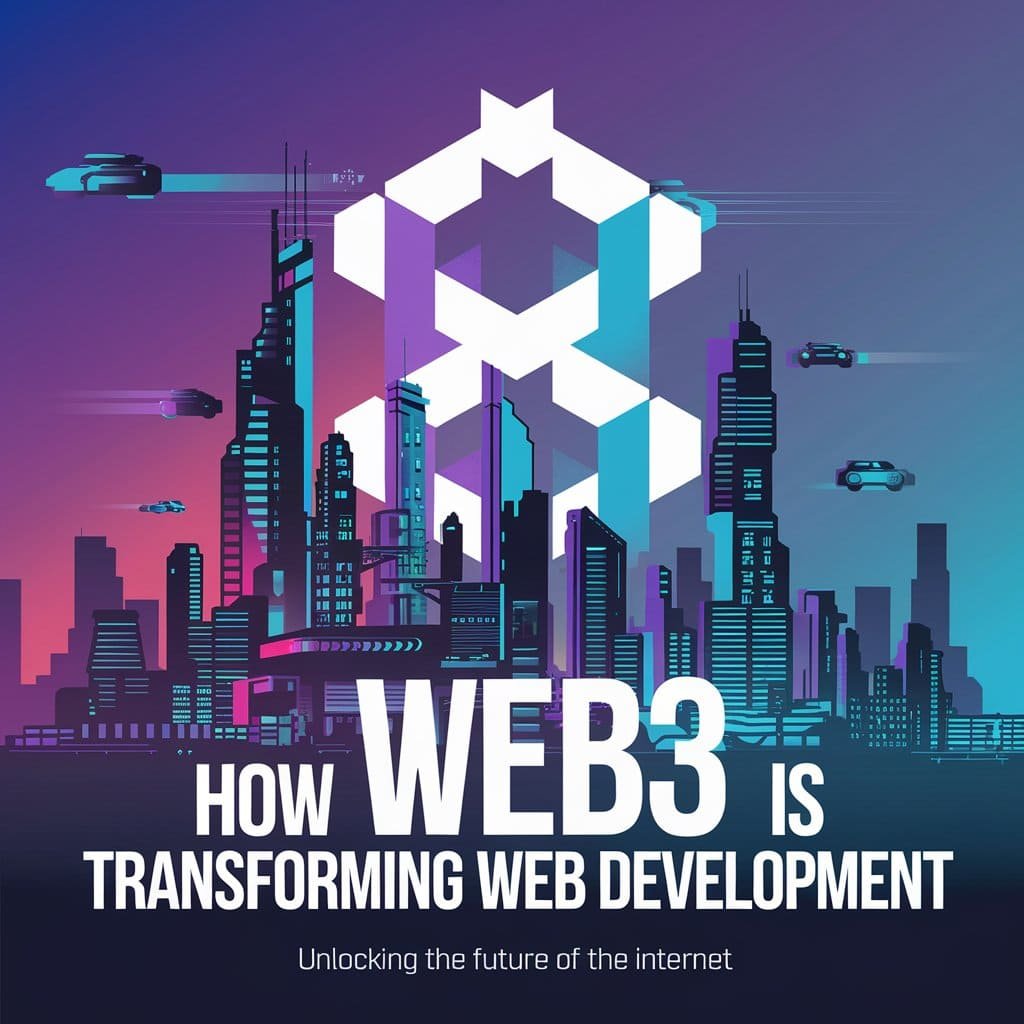
Web3 technology transforms everything one would expect while redefining web application architecture and thinking. This development hinges on building blockchains and decentralized architectures into systems engineered to be good at putting the user in control, providing transparency, and making them resistant to censorship and fractures.
Such strength persists despite the substantial challenges that remain in scalability, user experience, and everything between and including regulatory clarity. The momentum has been building over time and does accelerate behind Web3 development. With mature tooling and practice, any barriers that developers face may soon start to fall away to an unprecedented number of innovative decentralized apps in every kind of field.
For web developers, it’s a rather mixed bag of challenges and opportunities. Those who learn some form of blockchain development or otherwise familiarize themselves with decentralized architectures and token economics will be the frontrunners into this new paradigm. Meanwhile, addressing current technical limitations inhibiting Web3 must continue among researchers and platform developers
Beyond 2025, there is likely to be stronger blurring between old and new paradigms, web application development alongside all that’s in the blockchain space, building a much denser, more stable, and user-driven web ecosystem.






Ghulam Ahmad is an Excellent Writer, His magical words added value in growth of our life. Highly Recommended
- Irfan Ahmad Tweet


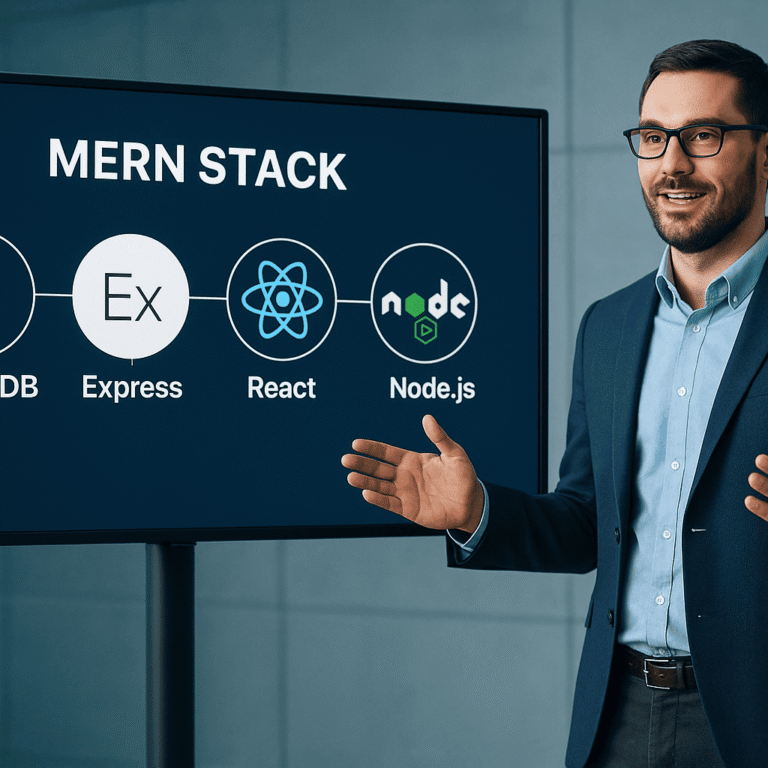
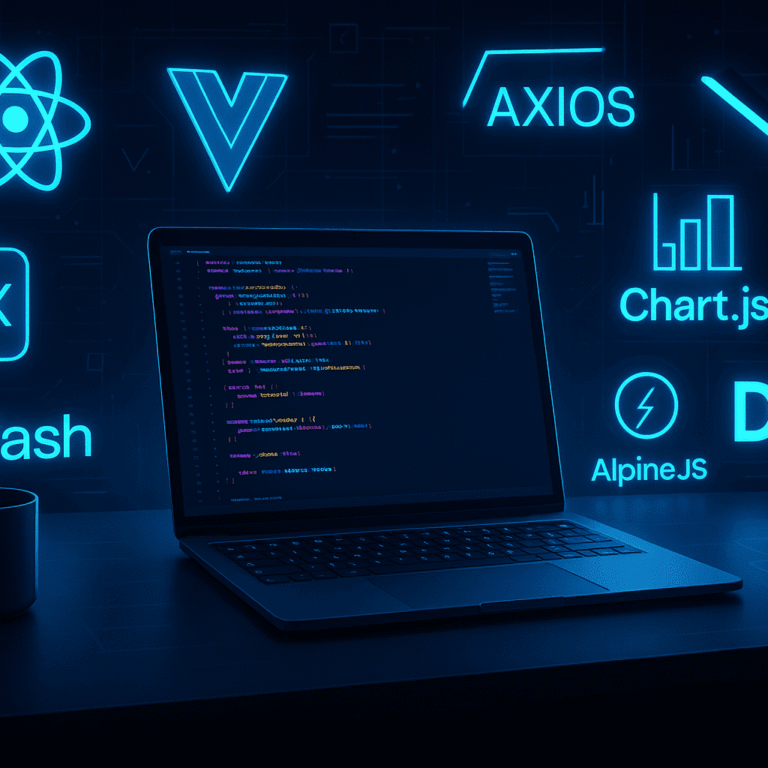
One Response